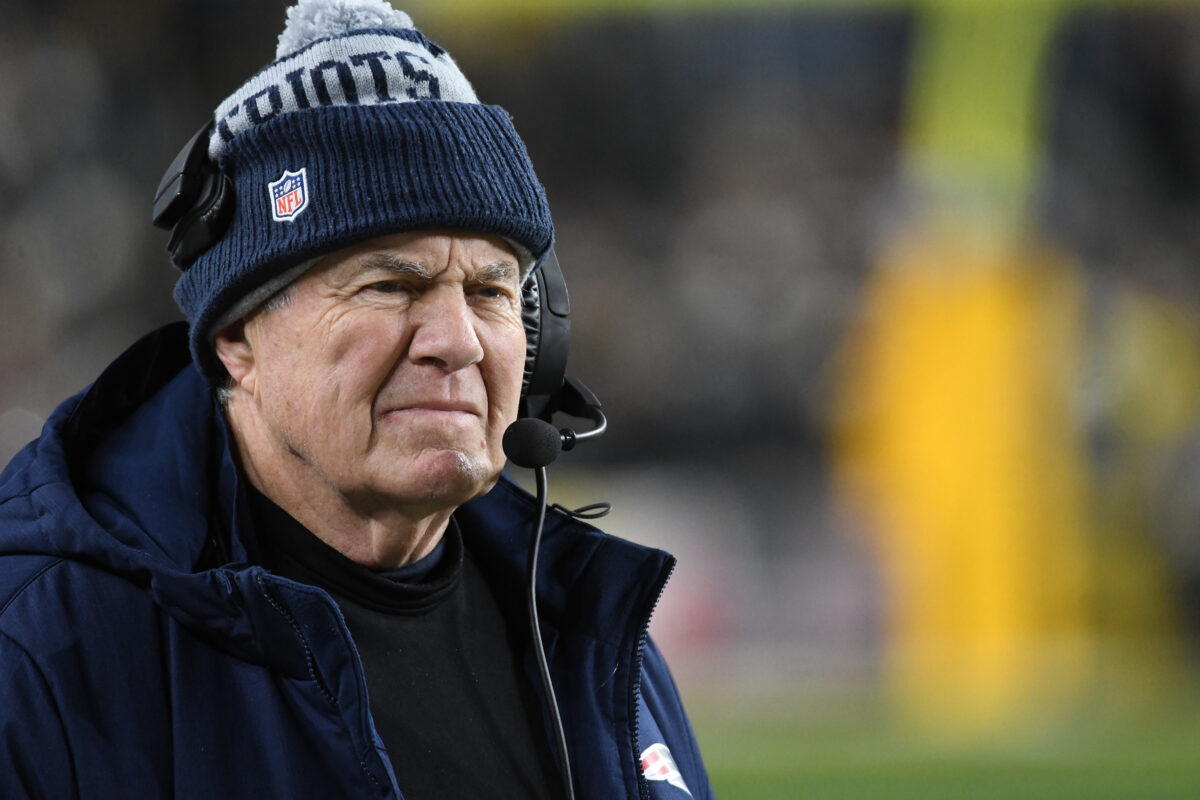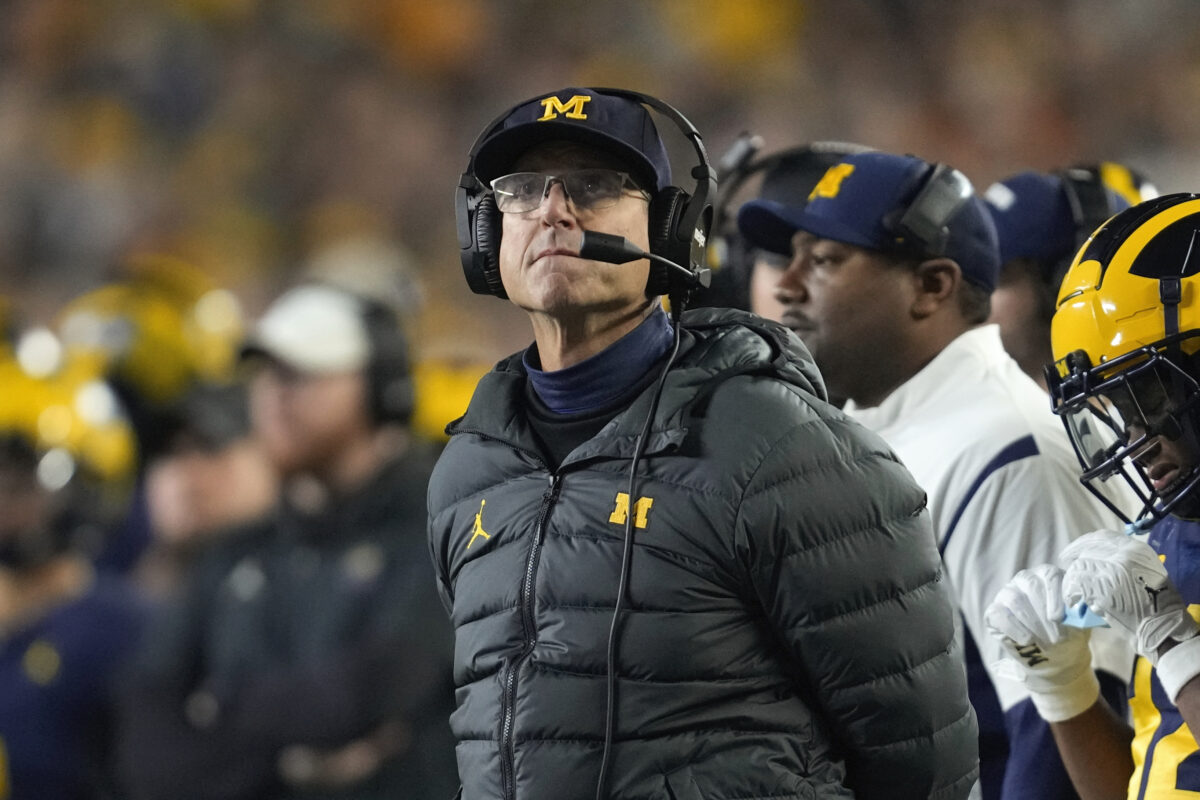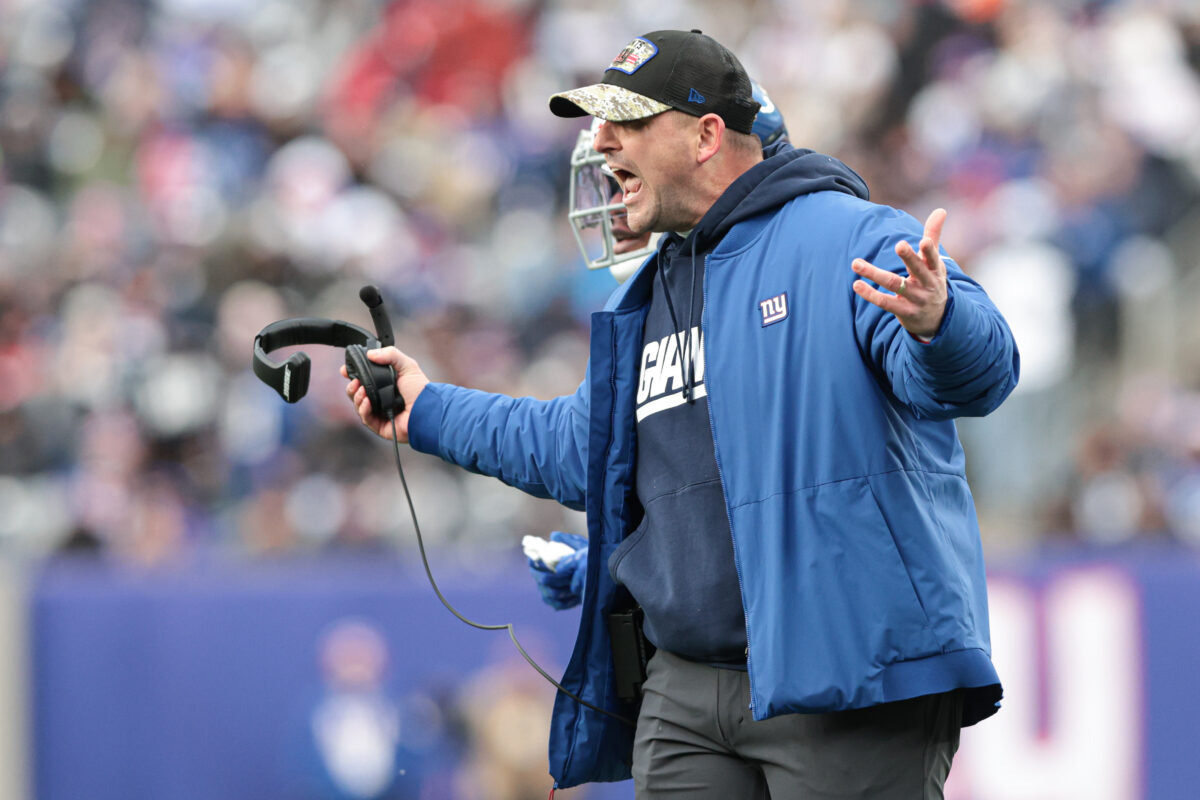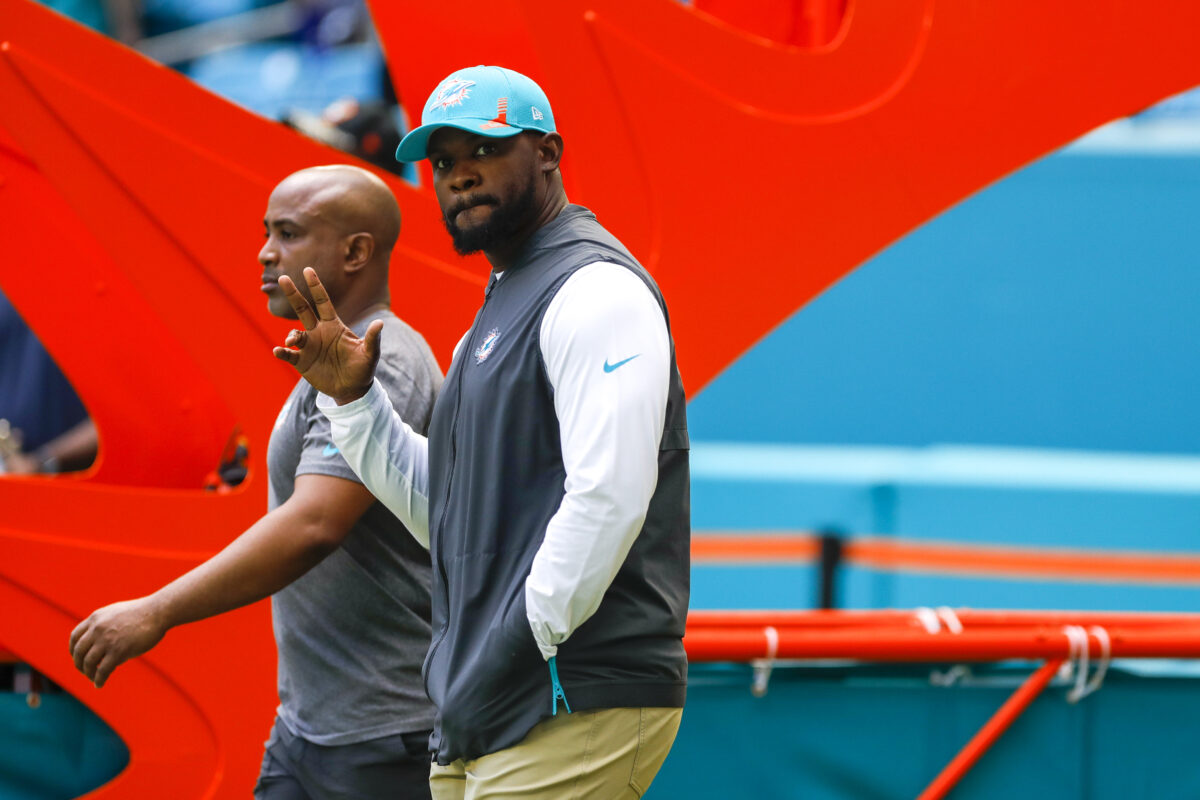Firing Brian Flores is Miami’s latest attempt to escape NFL purgatory.
Brian Flores won 10 games in 2020 with an injured rookie and journeyman Ryan Fitzpatrick at quarterback. He took a team that plummeted to 1-7 to start 2021 and put it in the Wild Card hunt en route to a 9-8 campaign.
And now he’s out. The Miami Dolphins fired the head coach it hired out from under Bill Belichick in 2019 after three seasons, a 24-25 record, and zero playoff appearances.
It was the most shocking move of a Black Monday that claimed a handful of obvious names — Matt Nagy, Mike Zimmer — before lining Flores up on the chopping block. But while it was surprising to see the young coach go after an 8-1 finish to his season, it wasn’t unfamiliar. The Dolphins have seen this play out before.
Flores was the latest in a line of coaches who’ve been good enough to win games, but not strong enough to make noise in the postseason. They’ve had bad seasons, but not bad enough to spark a true rebuild. Miami, for the bulk of the 2000s, has been stuck in franchise limbo.
It’s been 21 years since the Dolphins last won a playoff game. The coach on the sideline for that game — an overtime win against the Colts led by quarterback Jay Fiedler and his three interceptions — was Dave Wannstadt. Wannstadt is also the last full-time Miami coach to leave town with a winning record. The lineup of coaches that followed him paints a clear picture of guys who were “kinda good, but not good enough.”

There’s a pattern here. The coaches who didn’t fall flat on their face (shoutout Cam Cameron!) hovered around .500 and typically got around three years before the ax fell on them. Even the interim head coaches in this span — notably Dan Campbell and Jim Bates — had records that reflected a typical 7-9 Dolphins season.
There have been a couple constants who’ve seen these seasons unfold over the past decade plus. Chris Grier has been a staffer in Miami since 2000 and the team’s general manager since 2016. He’s staying on in that personnel-building position despite Flores’ departure. He knows the challenge of crafting a roster from a position in the middle of the first round of the draft each year (especially when his recent rookie track record is uninspiring). He knows the Flores hasn’t made the playoffs, but he’s also too good at what he does to keep the Dolphins from bottoming out.
The other overseer is owner Stephen Ross, who acquired his stake in the team in 2008 and has yet to see a playoff win — or even a home playoff game — as the team’s majority shareholder. He’s never seen a season worse than five wins or better than 10. His patience is wearing thin.
“After evaluating where we are as an organization and what we need going forward to improve, I determined that the key dynamics of our football organization weren’t functioning at a level I want it to be and felt that this decision was in the best interest of the Miami Dolphins,” Ross explained in the press release announcing Flores’ ouster. “I believe we have a talented young roster in place and have the opportunity to be much better in 2022.”
Firing Flores probably won’t make this team better, but that may be the point. Monday’s decision to let a respected head coach go was a diagnosis on quarterback Tua Tagovailoa as well. It wasn’t a good one.
Tagovailoa is 13-8 as a starter but generally mediocre when it comes to both counting stats and overall efficiency. If the Dolphins are devising an exit strategy from the QB they drafted fifth overall in 2020, the odds of finding a franchise quarterback following another 8-9 or 10-7 season were extremely slim.
That’s familiar territory for Ross and Grier. The highest draft picks Miami has possessed since 2008 haven’t even been their own.
They’ve twice held the third overall pick under Ross. The first time came via trade with the Raiders to select Dion Jordan. This was a disaster. The second came in 2021 which came thanks to Bill O’Brien’s year-long meltdown in Houston and the Laremy Tunsil trade that preceded it. The Dolphins swapped that out for three 49ers first round picks and then dealt their own 2022 first to the Eagles for a chance to draft Jaylen Waddle. That means this spring’s draft position is worse than expected, but they’ll have two firsts in 2023 when the quarterback market is likely to be significantly better than the 2022 crop.
So maybe the logic behind firing a coach whose resume is solid, if unspectacular, wasn’t to make this team better. It was to make it worse and glean the biggest possible value from the ’23 draft haul. Maybe Ross and Grier have seen this Groundhog Day scenario play out enough times — with coaches like Gase, Philbin, and Sparano and quarterbacks like Chad Henne, Ryan Tannehill, and Ryan Fitzpatrick — that they were willing to declare “good enough” the enemy of great.
Or maybe this team truly believes in Tagovailoa and is ready to make a splashy, big name hire to coach him up to his full potential. Either way, failure in 2022 will be a feature, not a bug, for a team unable to maintain its playoff push in either of the last two years.
It’s a bold strategy that could backfire in a million different ways. But it’s something different for Miami. And we won’t know if this latest venture is a failure or success until sometime around 2024.











